The summer of 2000 was an exciting one in the city of San Francisco.
After decades of playing baseball at Candlestick Park -- a multi-purpose stadium located about 30 minutes outside the downtown area -- the Giants were moving into a brand new, beautiful ballpark in the center of the city. It would be called Pacific Bell Park, seat about 40,000 fans and feature, among other things, a giant, somewhat creepy, mechanical man named Rusty that came out along the right-field wall to celebrate big moments on the field.
But the most unique element of the new confines was what lay beyond the outfield fence. Just a long, long fly ball away.
"The one thing, and to this day, that we think makes the park different is the fact that home run balls land in McCovey Cove. They land in the water," Mario Alioto, Giants EVP of Business Operations, told me in a recent call.
But what could the Giants pair with the waters that abutted the back of the ballpark? How could they make this special stadium quirk even more appealing to fans at the ballpark or for viewers watching on TV?
Well, dogs, of course. They could have adorable dogs retrieve balls launched into the bay and then swim them back to the dock.
"Everyone loves dogs," Alioto said. "It seemed like a perfect win-win situation."
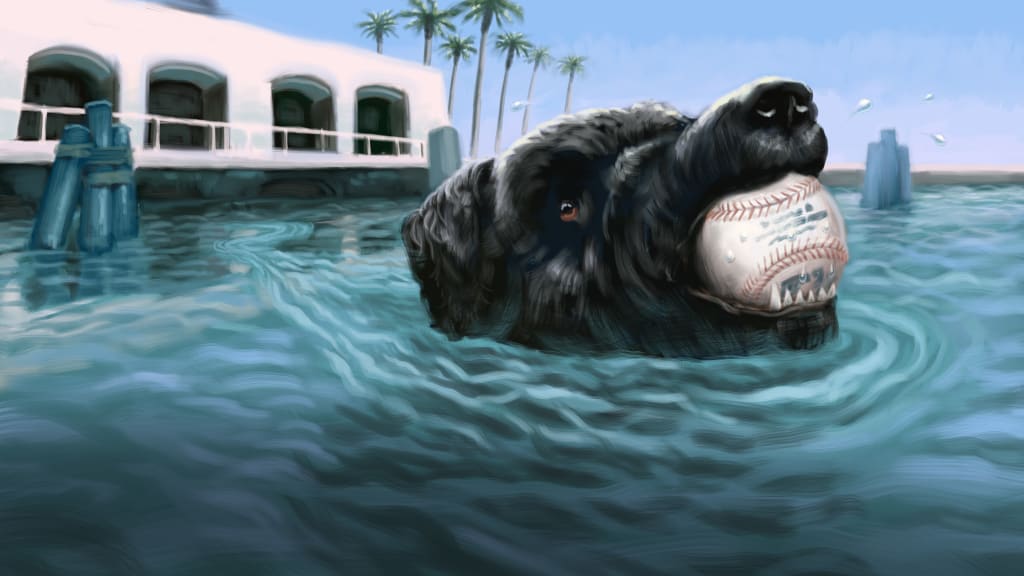
---
The original idea didn't actually come from Alioto or anybody who worked for the Giants.
The original idea came from Don Novello -- the comedian known famously for his role on SNL as Father Guido Sarducci. Novello was/is a big Giants fan and first told the team about his dog-fetching scheme in 1996. His vision went even further than anything the team could practically put together, including the dream of a floating doggie dugout and cameras on the dogs' heads.
"America's favorite pastime meets man's best friend," Novello said on a July 2000 broadcast. "It's an interspecies marriage that could only happen in San Francisco."
"Yeah, this was an idea he sent us a few years before," Alioto said. "You know, you get these ideas all the time. Fans always send things. But Don had been around and, at some point, we thought, 'Jeez, well maybe we should take a look at this.' Don Novello lives in the Bay Area, he's a celebrity, people know who he is. Let's pursue it and talk to him about it."
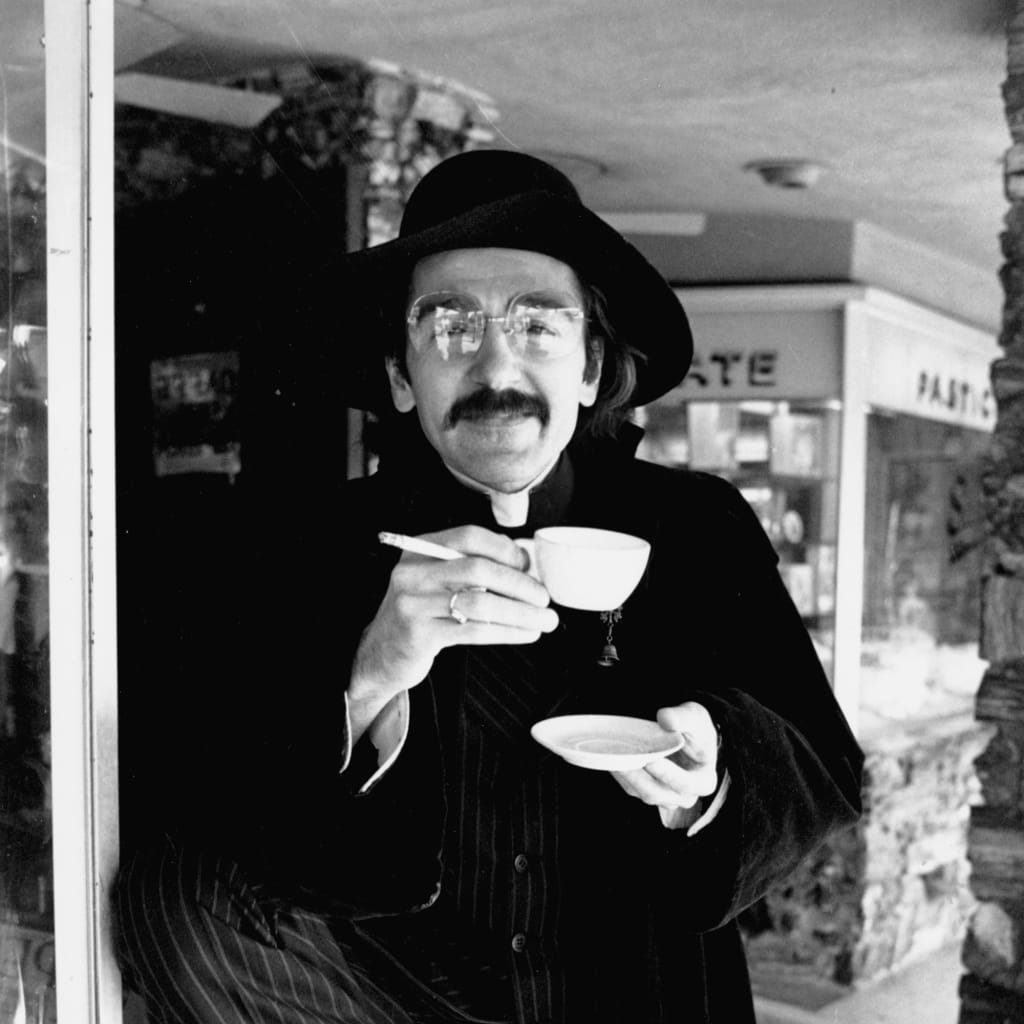
At first, Novello wanted to use his own dogs for the operation, but Alioto and the Giants decided to work with a local organization called Pets in Need. Mostly, because Pets in Need could then auction off any retrieved balls to benefit their own charity, and additionally, because Pets in Need had the perfect breed of canine for the job: Portuguese Water Dogs.
Originally hailing from Portugal, these dogs were used by fishermen for centuries to corral fish into nets, deliver messages between boats and retrieve lost bait from the sea. They're extremely intelligent, easily-trainable and their webbed feet make them excellent swimmers. They can dive up to 12 feet underwater. They also, although it's not totally related, make a little ha-ha noise when they want to play and were a favorite of a certain former president.

The squad of six pups became known as BARK, Baseball's Aquatic Retrieval Korps, and began their training in early July 2000. Pets in Need would bring them over on the "Good Ship Jollipup" into the cove and teach them how to go after balls (something, let's face it, most breeds of dogs already know how to do from birth). The dogs would perform during Saturday day games and on special holidays like Labor Day.
Here's Shadow reporting for duty one sunny day:
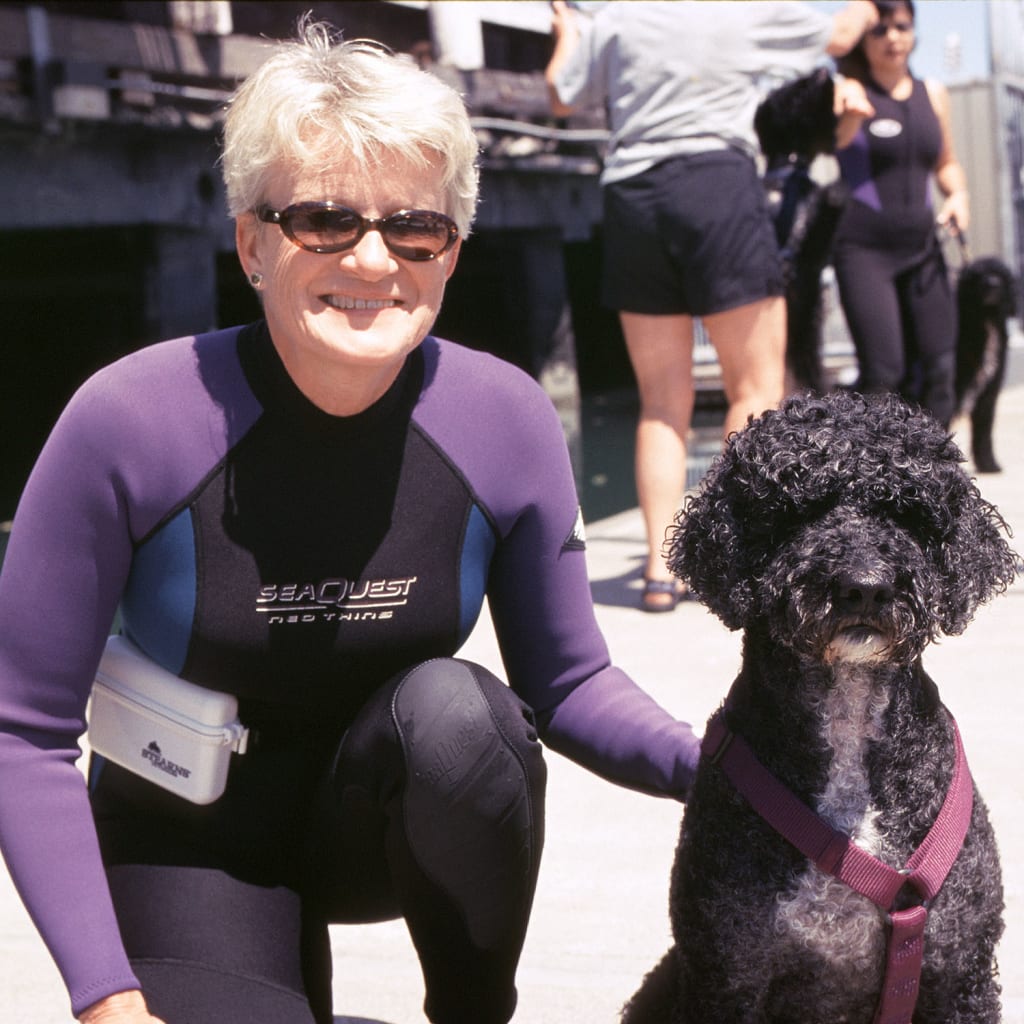
And Topper mid-leap.
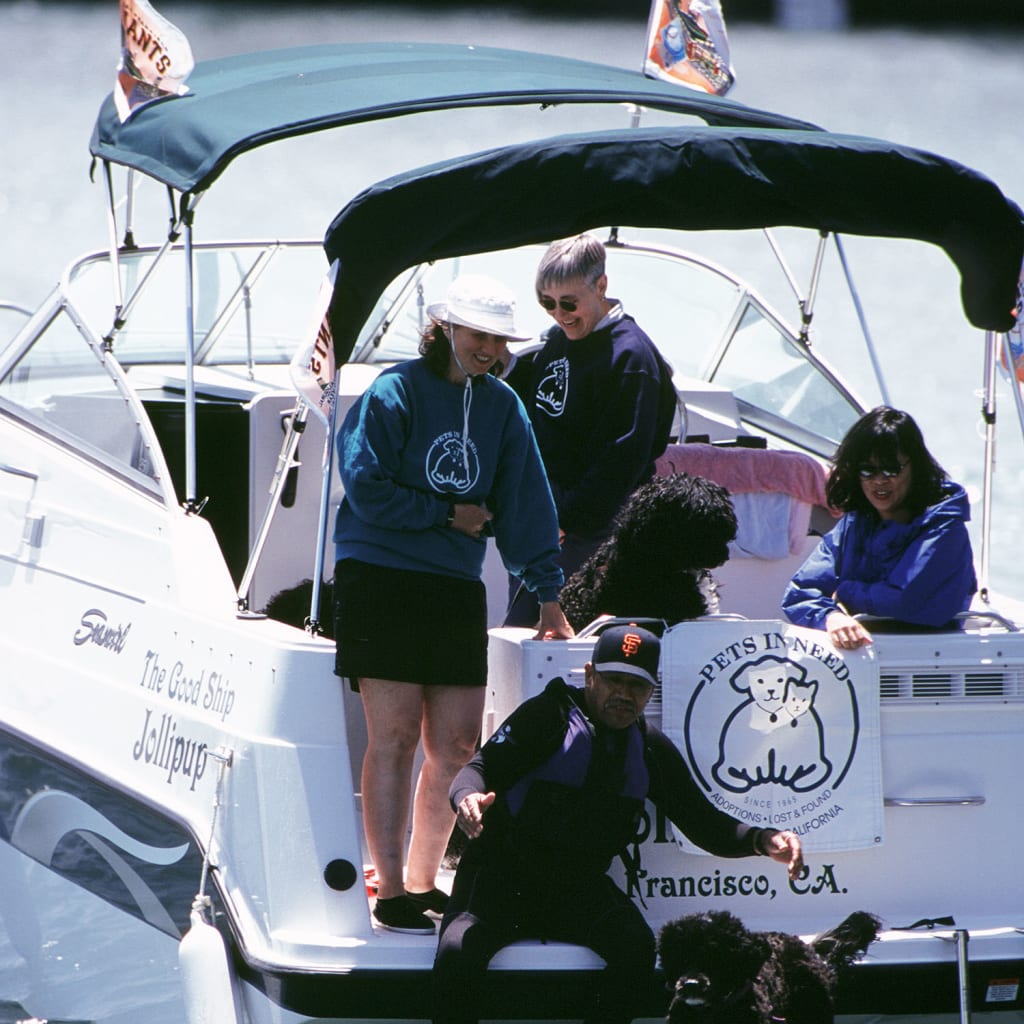
Here's Rio getting used to the cold waters.
Alioto has fond memories of the unusual entertainment happening just outside the ballpark's boundaries.
"There's this vision of Guido Sarducci out there on the port walk in his outfit walking around," he told me, laughing. "Fans would line up on the port walk. There's just something about dogs and people. There's a love affair there."
Rio's owner, Pam Marcus, even believed that her dog loved it as much as the people watching.
¡°I think he really enjoys the ballgames,¡± Marcus said. ¡°When we get near the ballpark he sniffs the air, his tail goes up and he starts whining. He wants to get to work.¡±
Alioto said the dogs picked up the routine pretty quickly, but as ABC News reported, some of the dogs were a little nervous at first.
"On Saturday, Shadow balked before making her maiden leap into McCovey Cove, then did a strong belly-flop into the water and quickly grabbed a ball with her teeth. Briefly distracted by the cheering crowds, she dropped the ball but regrouped and brought it back to the boat."
Most of the time, the dogs would just fetch balls that were tossed into the cove by owners or hit during batting practice. With the 20-foot high right-field wall and another 24 feet to get to the water, in-game splash homers proved hard to come by. Unless, well, as Alioto put it.
"Barry was up."
You may also be wondering about all the kayakers and boats that zoom around the bay hoping to scoop up balls? On Saturdays, the Giants staff made sure the pups had priority.
"The Coast Guard worked with us to keep the area clear," Alioto said. "It was a safe environment. [The kayakers] realized this was part of the story."
By October 2000, adoptions through Pets in Need had doubled, and many fans who fell in love with the dogs signed up to be volunteers at the shelter. The Giants donated $5,000 to the organization and some balls were auctioned off for a fair amount of cash -- including a Sammy Sosa BP ball for $200.
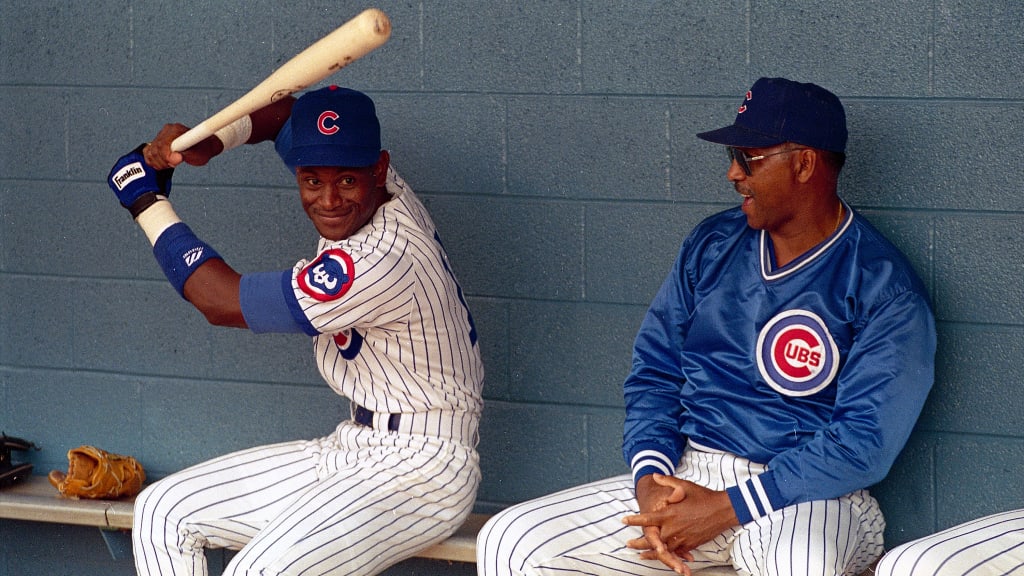
BARK paddled around the basin for two seasons, ending some time in 2002 when it had sort of "run its course." The commitment from all parties involved was hard to keep up and the number of live game balls that landed in the water were few and far between. But Alioto, who's been with the Giants for 40 years -- he started as a visiting team batboy in the 1970s -- called the water dog promotion one of the more fun activities he's been involved with.
"The real story to me is that, unlike other sports, the experience around the ballpark is just as important as the game itself," he said. "And that's what this did. It brought a different element of the fun of coming out to the ballpark. You know, to walk around, whether you're watching from in the ballpark, up on our archway looking down at the bay or out on the boardwalk, which is a public thoroughfare."
"Our business is the fun business and, as soon as we forget that, we're in trouble."
